 |
| George Gabby Hayes |
I've been watching old western movies on my computer while I work. I have a little picture in picture in the upper right hand corner, and I play the sound. What I've noticed lately is that I'm picking up the dialogue. Well, I didn't actually notice it myself. It has been rudely pointed out to me over the past couple of weeks. When I'm shopping, when I'm at the bank, at the gym, a restaurant, everywhere. People have started asking me to repeat myself when I asked for the goll durned check, or when I say, by jiminy ya think it'll rain. Or like yesterday at the car wash when I told the kid to give it a good goin' over and I better not catch him puttin' a lazy hand out when he went to scrubbin' the dadburned foot pads I just put in. By jiminy. The topper was last night when I told my husband he'd goll durn better get his duds down them steps if'n he wanted 'em scrubbed by mornin'. That's when he and my son sat me down to have a serious talk about my behavior.
But all this western dialogue has made me think about the old westerns, and the people who wrote them. Sure it might have been a little over the top, but compared to the language in today's movies, it's a blessing to listen to Gabby Hayes growl and durn his way through a sentence. I think I've mentioned this before, but a couple of years ago I printed the screenplay of The Searchers and sat with it on the table in front of me while I watched the movie. Not only is the dialogue wonderful, the movie followed the script down to the last word. I think there were two places in the whole film that veered away from what was written on the page, and both of those were mainly in the action, not in the actual dialogue.
There are still people who enjoy good language, and interesting banter between characters whether it be in a book or a movie. And I catch myself watching black and white films more and more. Not only do I think they're better movies, as a writer I find the dialogue much more interesting. And with that, I think I'll search for a good Glen Ford movie. I met his son Peter at a Western Writers of America convention in Albuquerque last June, where I was one of the publishers there to sit on a panel and take pitches. He gave an interesting presentation about growing up in Hollywood with a superstar like Glen Ford for a father. Visit Peter's website, and be sure and pick up a copy of his book.
There is one thing for sure, I wreckin' Glen Ford was one goll durned good lookin' cowpuncher, that's for dang gone sure.










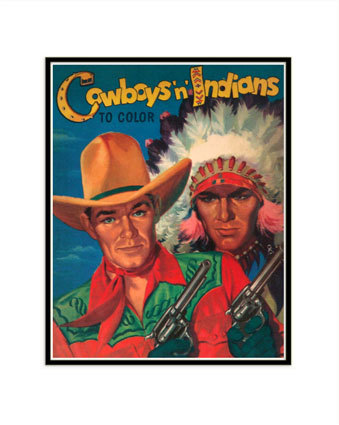


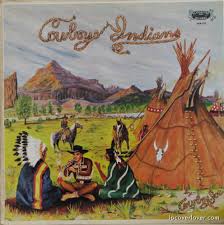
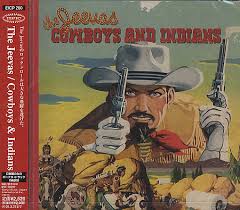



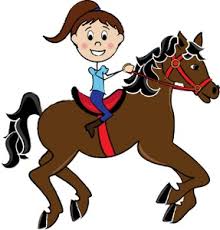




























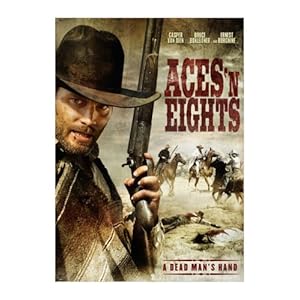

![A Bullet For Sandoval (1969)/Any Gun Can Play [DVD]](http://www.moviesunlimited.com/boxcovers/100_Wide/D57172.jpg)
